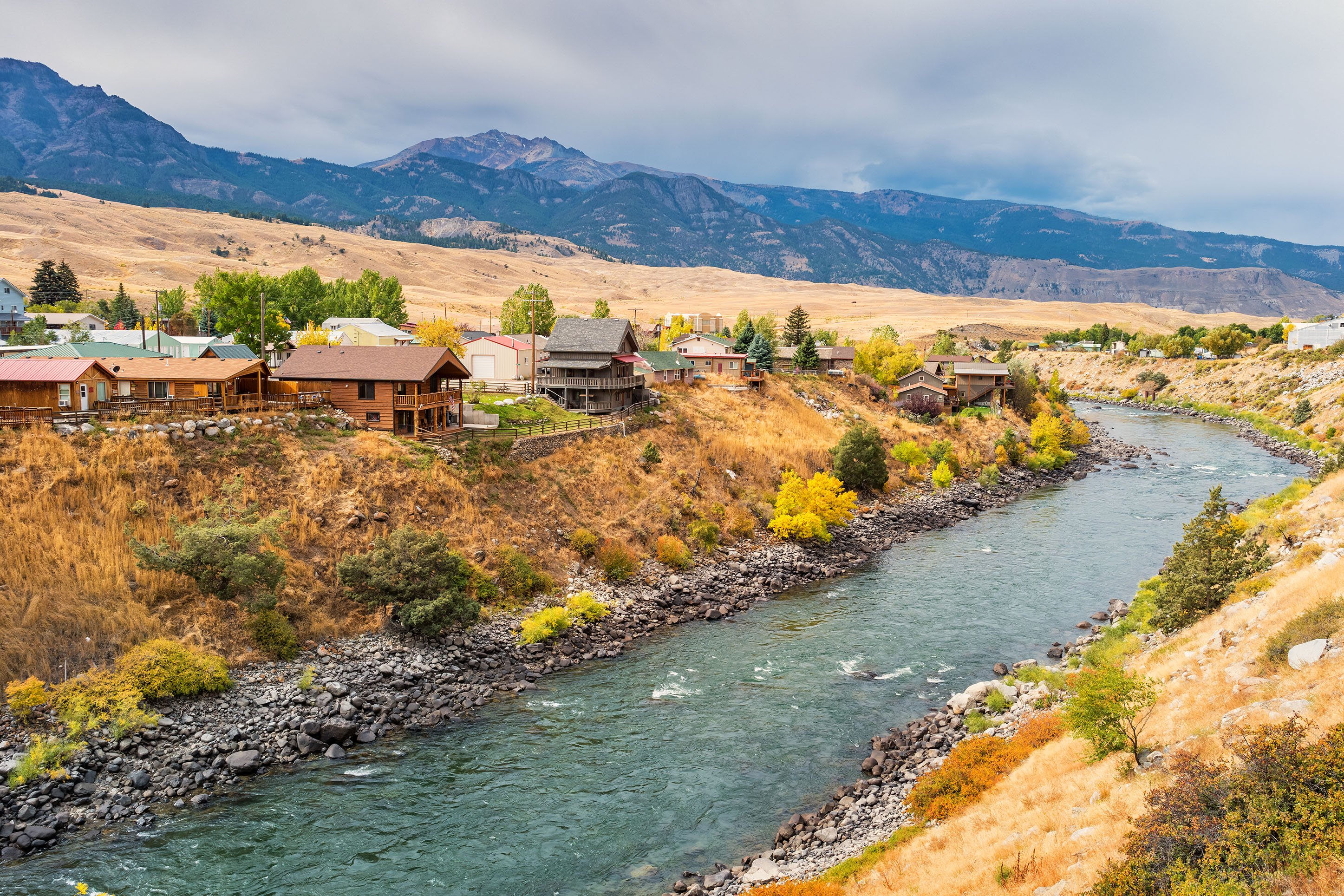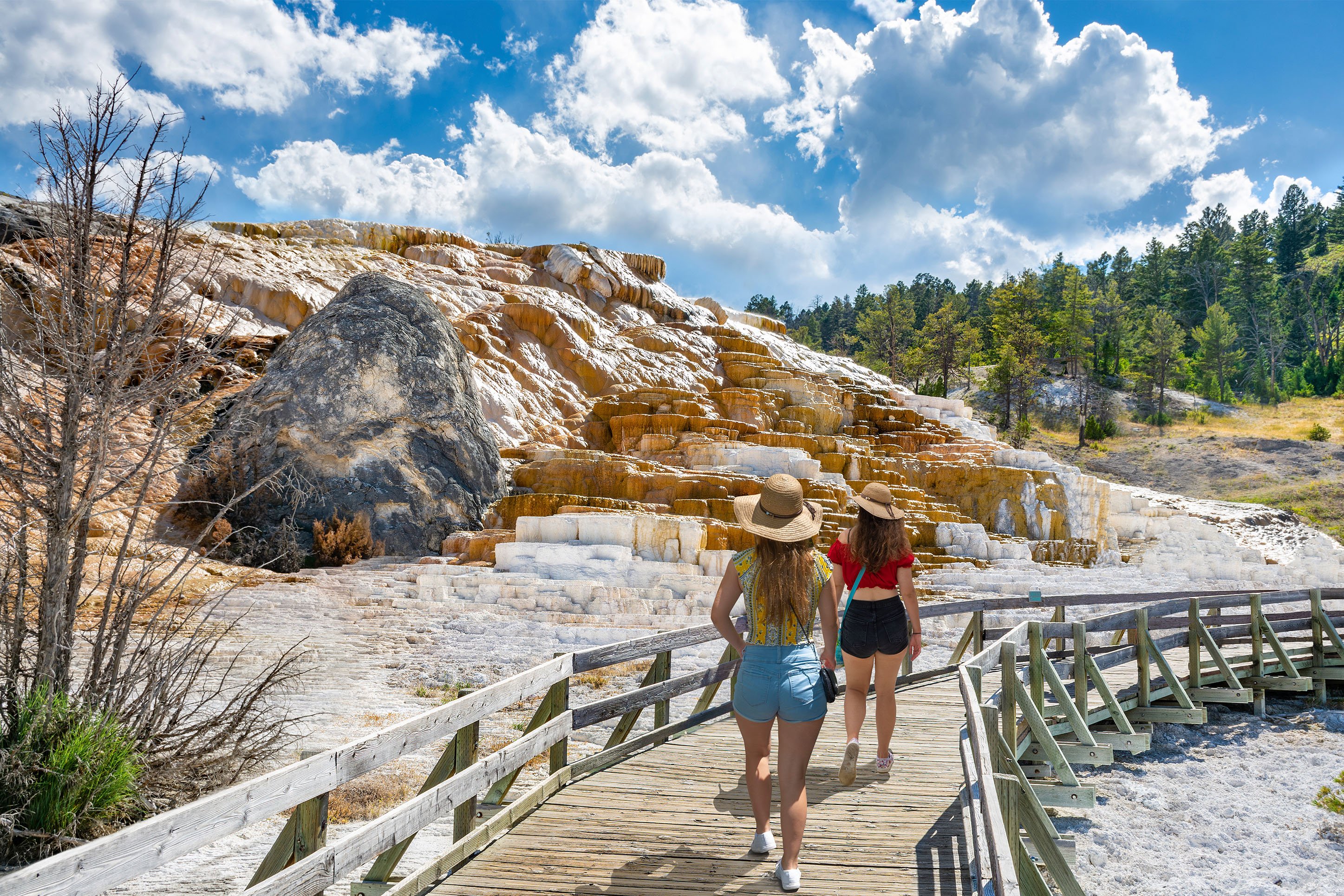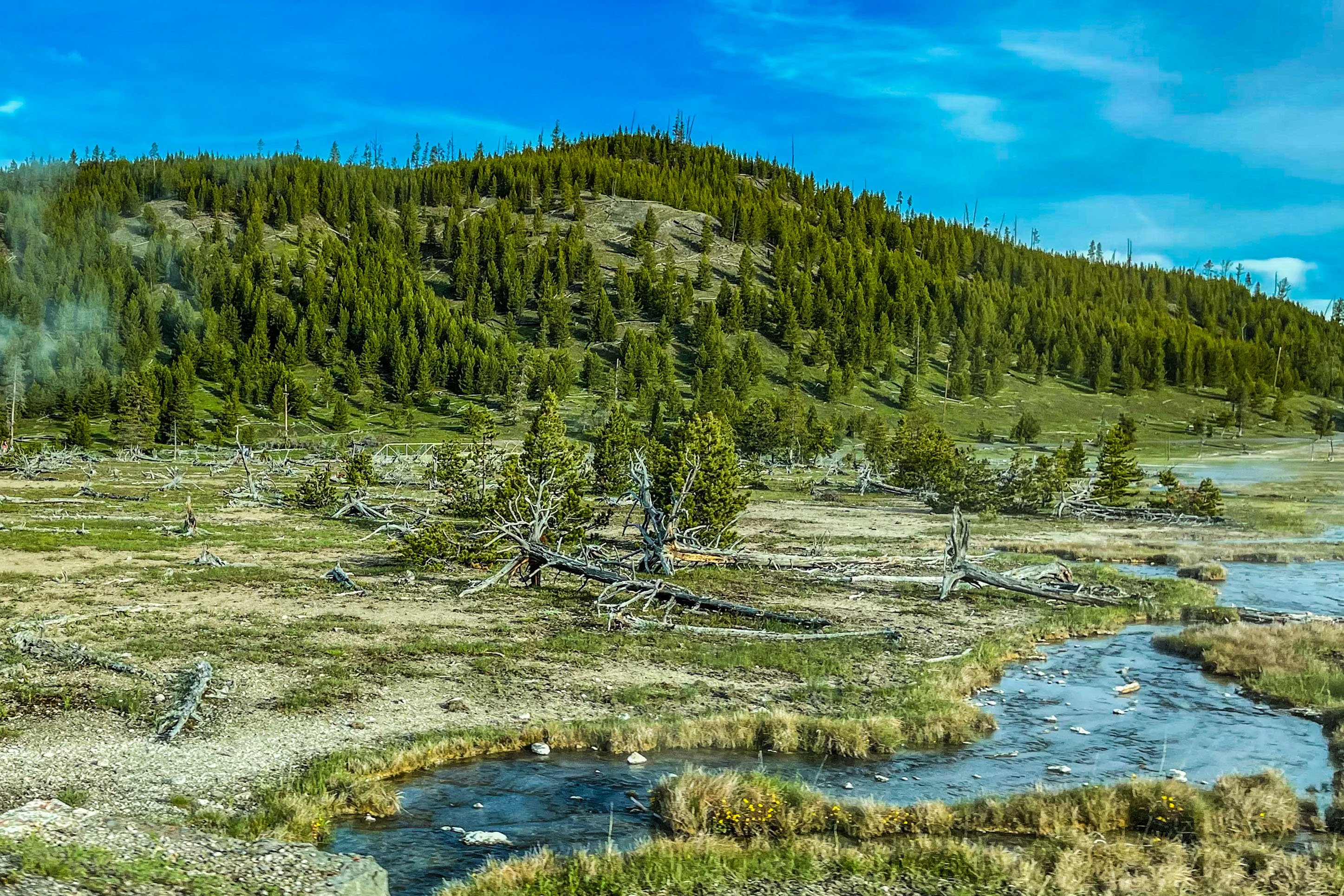A Look Back at the 2022 Yellowstone Floods
2022 was an eventful year for Yellowstone, the United States’ oldest and most celebrated national park. As the Park commemorated its 150th anniversary, it experienced an extreme flooding event that rose to the level of a natural disaster, leaving the immediate future of tourism in the area uncertain. Through a robust response by Yellowstone Park staff in tandem with multiple agencies, the Park was able to reopen the hardest-hit northern entrances in just a few short months. Now that Yellowstone is fully reopened for visitors, here’s a look back at the 2022 floods and their impact on the Park and its visitors moving forward.
What Happened During the Floods?
On June 12-13, Yellowstone Park experienced what’s known as a “500-year flood event” that was caused by heavy rainfall combined with extensive snowmelt in the area. The park received 7.5-9.5 inches of precipitation in a 24-hour period, breaking the record for high flow on the Yellowstone River by a huge margin.
What Damage Was Caused by the Floods?
While difficult conditions were reported in several areas of the park, the northernmost part of Yellowstone sustained the most significant impacts. The floods caused major damage to buildings and infrastructure (like wastewater systems), felled trees, knocked out power for most of the Park, and triggered dangerous mudslides and rockslides throughout the area. Perhaps most significantly, the floods washed out several portions of the highway near the north and northeast entrances, making them completely impassable. The town of Gardiner, Montana, was isolated for approximately 36 hours.

What Was the Emergency Response?
Over 10,000 people were evacuated as park officials began to assess the damage and worked to restore basic services in Gardiner as well as inside the park. Both northern entrances and several other roads were completely closed due to damage or dangerous conditions. With residents plus several thousand visitors stranded in Gardiner, the community mobilized to ensure that everyone had shelter, clean drinking water and other necessities until Highway 89 was reopened.
What Steps Were Taken to Reopen the Park?
In short order, the West, South and East entrances to the park were reopened with some limitations on visitors based on their license plate numbers. Incredibly, less than three weeks after the floods, Yellowstone officials announced the reopening of the Northern Loop, allowing visitors to access Mammoth Hot Springs and other northern attractions as long as they continued to enter the Park from the West, South and East entrances. As of Oct. 30, 2022, Northern access to the Park was restored by using emergency funds to improve an alternate route, Old Gardiner Road, which in fact, was the Park’s original entrance in the 1880s.

What's Next for Yellowstone After the Floods?
As the 2023 tourism season gets into full swing, Yellowstone Park officials continue to work on long-term flood recovery efforts and are looking ahead to improving the Park’s infrastructure, roads and communication systems so that the Park can remain resilient in the face of future extreme weather events. As surprising as it may seem, it’s clear that the Park has emerged from the 2022 floods stronger than ever and ready to mark another 150 years on its journey.
If you’re planning to visit Yellowstone this summer, we’re here to help! Check out our complete guide to Yellowstone and start imagining your perfect trip today.
If you enjoyed this blog, take a look at some of our other related articles:
- Bozeman Hikes; Hiking the 'M'
- How to Have the Perfect Vacation to Bozeman
- The Perfect Retreat; Camping at Hyalite
In our never-ending quest to keep up with all things new in Bozeman, we have been producing content for years and can't possibly update every blog when new businesses open or existing businesses close. Please reference the publish date and do your own due diligence when making plans.


